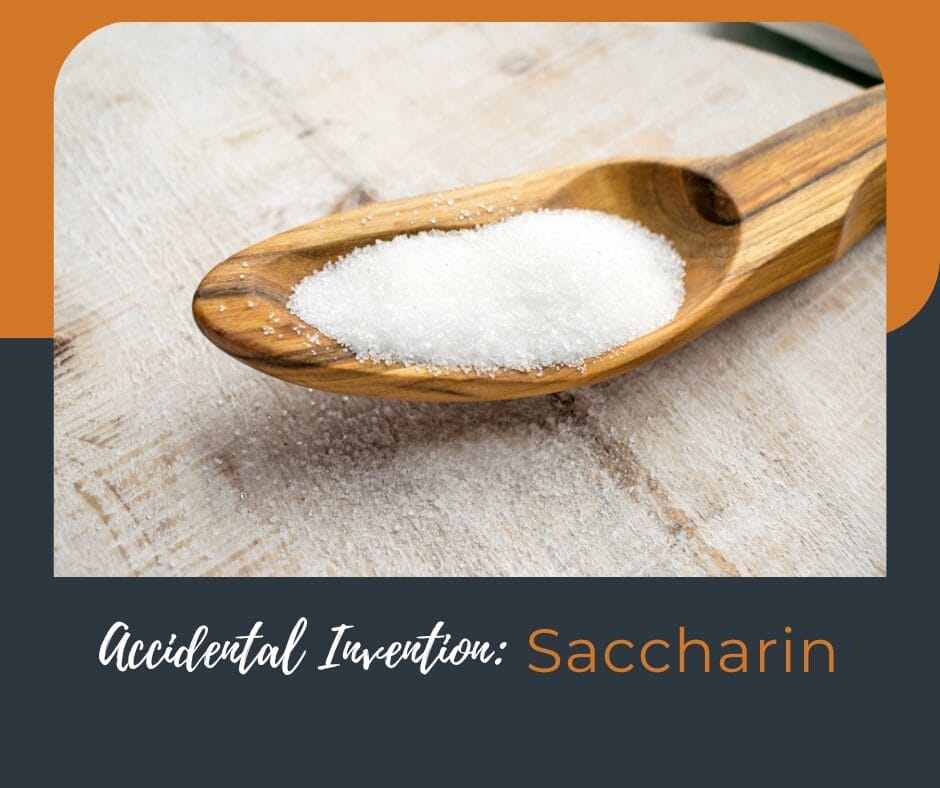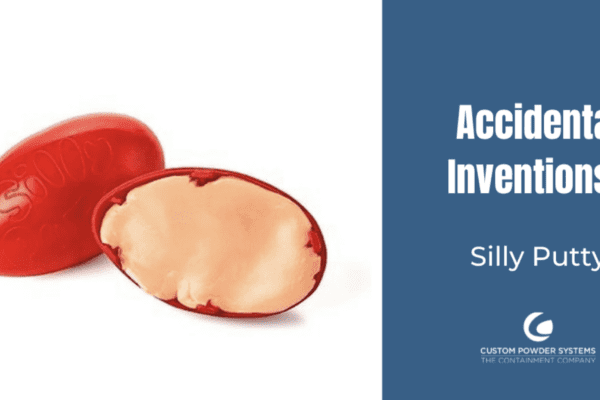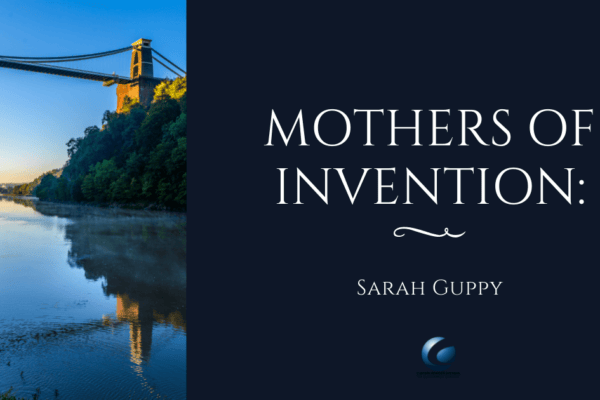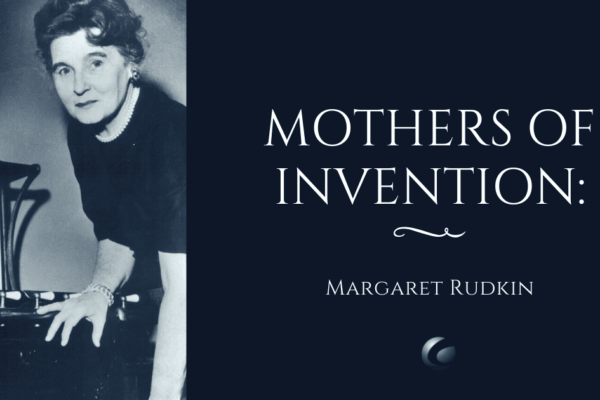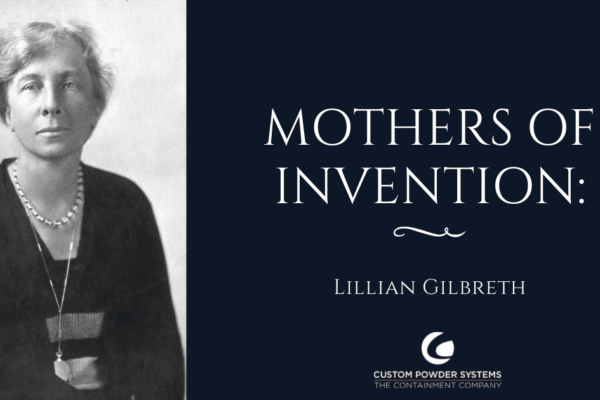If you’ve ever looked through a collection of sweeteners for your coffee or tea, you’ve probably found several packets in various colors. But do you know what is actually inside? The pink one contains saccharin – a zero-calorie sugar alternative that was a surprisingly serendipitous result of laboratory experimentation 150 years ago.
A substance that is 200 to 700 times sweeter than sugar, saccharin was the first-ever sugar substitute and has been commonly used as a calorie-free beverage additive for decades. Though there has been much debate about its potential health impacts, saccharin has continued to be one of the most popular artificial sweeteners on the market.
A Sweet Surprise
In 1876, American chemist Ira Remsen returned from Munich and Gottingen University in Germany where he studied sulfobenzoic acids and subsequently established the first chemistry department at the newly-established John Hopkins University in Baltimore. A year later, the firm of William H. Perot & Co. hired German chemist Constantin Fahlberg to conduct an advisory examination of a shipment of demerara sugar that was alleged to have been artificially darkened to avoid higher import taxes, with arrangements for him to work in Remsen’s laboratory. After completing his analysis, Fahlberg received permission to stay at the university, and began researching coal tar derivatives alongside Remsen and his team.
One day, after returning home from the lab, Fahlberg noticed the piece of bread he was eating tasted exceptionally sweet. However, he quickly realized that it was not actually the food that was sweet, but his hands. So, he returned to the lab and tasted all of his beakers, glasses, and bowls until he determined which substance was the source – an oxidation of ortho-toluenesulfonamide that created benzoic sulfimide, which he called saccharin, meaning “of or resembling sugar.”
Sweeter than Sugar
Over the next few years, Fahlberg and Remsen co-authored an article describing the synthesis of saccharin, highlighting that the compound was miraculously “sweeter than cane sugar.” Though Remsen did not like the concept of industrial chemistry, Fehlberg recognized the commercial potential of his discovery and applied for both German and American patents to cheaply produce the substance in larger quantities. Despite Remsen’s protests, Fahlberg was awarded a US patent in 1886 and began manufacturing saccharin in pill and powder forms, marketing them as beverage additives.
Before too long, however, competitors and consumers began having concerns about consuming saccharin and, with the release of Upton Sinclair’s The Jungle in 1906, Americans began to demand action in response to food-industry horror stories. As a response, Harvey Wiley, head chemist of the US Department of Agriculture, proposed the first saccharin ban, believing that it could not possibly be safe. This was quickly shot down by President Theodore Roosevelt, who was given a prescription from his primary physician for the substance as a weight-loss strategy, stating “Anyone who says saccharin is injurious to health is an idiot. Dr. Rixey gives it to me every day.”
Sickly Sweet
Eventually, in 1912, saccharin was banned for use in food manufacturing, but it was still available as a standalone product, continuing to be a desirable “non-fattening” alternative for diabetics and those looking to cut calories. Soon, it became an even more popular substitute due to sugar shortages during the World Wars. In the 1960s, saccharin gained even more traction as American interest in weight loss continued to grow, and the recognizable brand Sweet’n Low was created.
Several studies conducted on rats in the following years suggested a link between saccharin and bladder cancer, leading to the Saccharin Study and Labeling Act of 1977, which required products containing the ingredient to have a warning label stating it may be hazardous to the health of consumers. However, later findings concluded that those results were irrelevant because humans metabolize the chemical differently, and it was removed from the potential carcinogens list in 2000, rescinding the packaging regulations.
Though there has been continued controversy about artificial sweeteners, the discovery of saccharin opened the doors for new innovations that have provided numerous alternative choices for individuals looking for low-calorie sugar substitutes. As consumer preferences continue to trend towards “lighter” and healthier options, it’s likely that artificial sweeteners will remain significant in the food and beverage industry for years to come.
If you enjoyed this tale of accidental innovation, check out similar stories about Corn Flakes, potato chips, and penicillin.
To learn more about Custom Powder Systems and the art of engineering, sign up for our newsletter.

